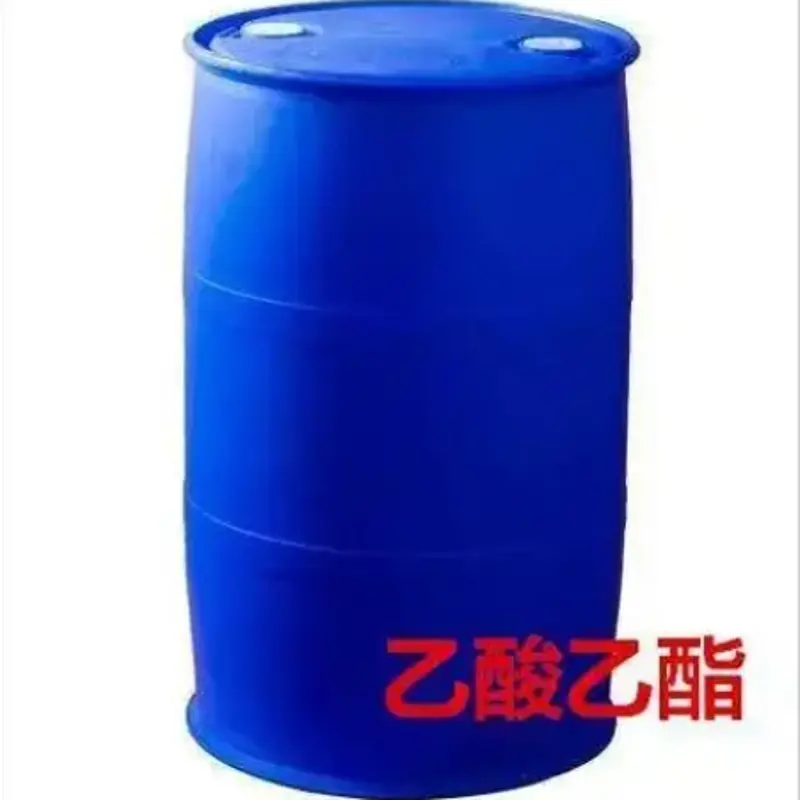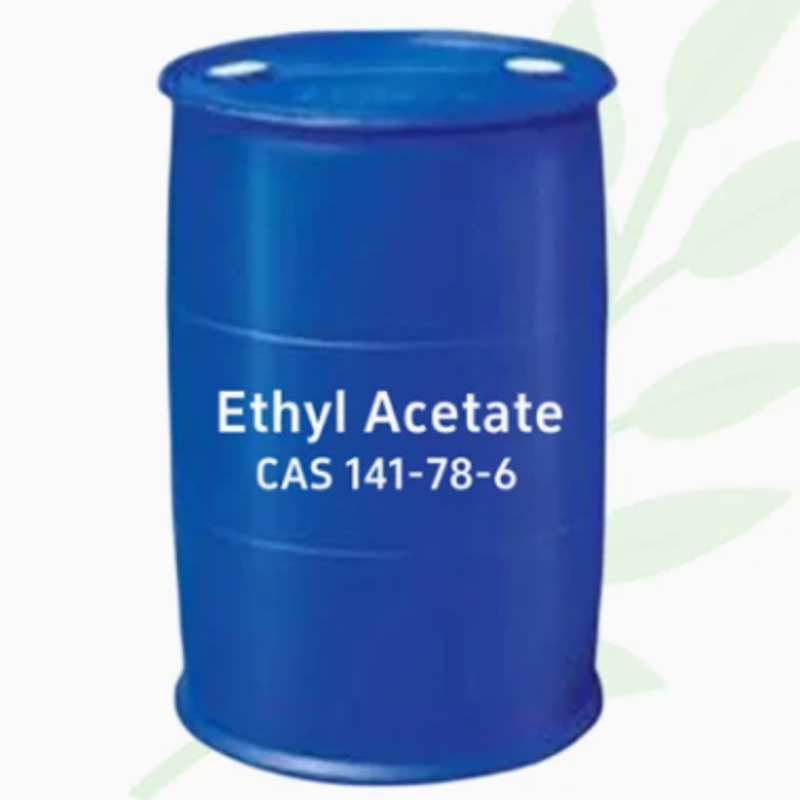-
Categories
-
Pharmaceutical Intermediates
-
Active Pharmaceutical Ingredients
-
Food Additives
- Industrial Coatings
- Agrochemicals
- Dyes and Pigments
- Surfactant
- Flavors and Fragrances
- Chemical Reagents
- Catalyst and Auxiliary
- Natural Products
- Inorganic Chemistry
-
Organic Chemistry
-
Biochemical Engineering
- Analytical Chemistry
-
Cosmetic Ingredient
- Water Treatment Chemical
-
Pharmaceutical Intermediates
Promotion
ECHEMI Mall
Wholesale
Weekly Price
Exhibition
News
-
Trade Service
Introduction:
Maytansinoid DM is a synthetic compound that has been widely studied in the field of chemistry and chemical biology.
It is known for its unique structural features and its ability to bind to specific cell surface receptors.
This has made it an attractive target for the development of new cancer therapies.
In this article, we will explore the synthetic routes of Maytansinoid DM and how it is used in the chemical industry.
History of Maytansinoid DM:
Maytansinoid DM was first synthesized in the 1980s by a team of researchers led by Maytan Suntharalingam.
It was discovered that this compound had a unique ability to bind to specific cell surface receptors, which made it an attractive target for the development of new cancer therapies.
Since its discovery, Maytansinoid DM has been widely studied and has become an important compound in the field of chemical biology.
Synthesis of Maytansinoid DM:
There are several synthetic routes that can be used to synthesize Maytansinoid DM, each with its own advantages and disadvantages.
The most common methods include the following:
- The classical route: This involves the synthesis of the basic structure of Maytansinoid DM, which is then modified with specific functional groups to give the final product.
- The semi-synthetic route: This involves the isolation of the natural product maytansine from the plant Maytenus serrata, followed by chemical modification to give the final product.
- The total synthesis route: This involves the synthesis of the entire molecule of Maytansinoid DM from starting materials, including all the functional groups.
Each of these routes has its own advantages and disadvantages, and the choice of route depends on various factors, including the availability of starting materials, the cost of the synthesis, and the desired purity of the final product.
Applications of Maytansinoid DM:
Maytansinoid DM has a wide range of applications in the chemical industry, including its use as an intermediate in the synthesis of other drugs and as a research tool in chemical biology.
It is also used as an anticancer agent, and has shown promising results in preclinical studies.
In addition to its use as an anticancer agent, Maytansinoid DM is also being studied for its potential use in other therapeutic areas, such as autoimmune diseases and infectious diseases.
Conclusion:
Maytansinoid DM is a synthetic compound with unique structural features that has a wide range of applications in the chemical industry.
It is used as an intermediate in the synthesis of other drugs, as a research tool in chemical biology, and as an anticancer agent.
The synthetic routes of Maytansinoid DM include the classical route, the semi-synthetic route, and the total synthesis route, each with its own advantages and disadvantages.
The choice of route depends on various factors, including the availability of starting materials, the cost of the synthesis, and the desired purity of the final product.
As research continues, it is likely that Maytansinoid DM will continue to play an important role in the development of new drugs and therapies.






